What's New
Displaying results 3451 - 3460 of 4922

Resource | Presentations,
Country posters of 18 countries prepared by UNAIDS Asia-Pacific Regional Support Team and HIV and AIDS Data Hub for Asia-Pacific for the 10th UNAIDS Asia-Pacific Regional Management Meeting, Bangkok, 16-17 November 2013.
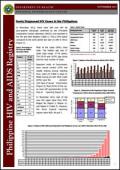
Resource | Fact Sheets,
In November 2013, there were 384 new HIV Ab sero-positive individuals confirmed by the STD/AIDS Cooperative Central Laboratory (SACCL) and reported to the HIV and AIDS Registry (Table 1). This is 35% higher compared to the same period last year (n=284 in 2012).
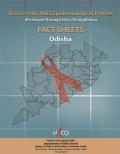
Resource | Fact Sheets,
This technical document consists of the epidemiological profile summary along with the available updated information for each district of the State. Each district summary highlights the key epidemiological features of the district and key recommendations based on these findings. The document would be useful to programme managers, academicians and researchers as a quick reference for the HIV/AIDS situation in a district
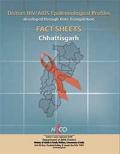
Resource | Fact Sheets,
This technical document consists of the epidemiological profile summary along with the available updated information for each district of the State. Each district summary highlights the key epidemiological features of the district and key recommendations based on these findings. The document would be useful to programme managers, academicians and researchers as a quick reference for the HIV/AIDS situation in a district.
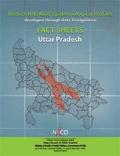
Resource | Fact Sheets,
This technical document consists of the epidemiological profile summary along with the available updated information for each district of the State. Each district summary highlights the key epidemiological features of the district and key recommendations based on these findings. The document would be useful to programme managers, academicians and researchers as a quick reference for the HIV/AIDS situation in a district.

Resource | Fact Sheets,
This technical document consists of the epidemiological profile summary along with the available updated information for each district of the State. Each district summary highlights the key epidemiological features of the district and key recommendations based on these findings. The document would be useful to programme managers, academicians and researchers as a quick reference for the HIV/AIDS situation in a district.
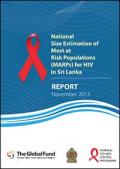
Resource | Publications,
Size estimation of Most-At-Risk Populations is a precursor to effective HIV prevention interventions and epidemic projections in any country. A national study was conducted by the National STI and AIDS Control Program (NSACP), Ministry of Health, Sri Lanka through a consortium of management and technical partners including the Family Planning Association (FPA) of Sri Lanka; University of Manitoba (UoM), Canada; Alcohol and Drug Information Center (ADIC), Sri Lanka. The financial assistance for the study was provided by the Global Fund.
The overall goal of the size estimation was to provide accurate information on the size and locations of most-at-risk populations for HIV in Sri Lanka, with a view to helping to improve the scale, quality and impact of HIV prevention programmes among these populations.
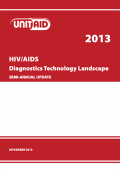
Resource | Publications,
The HIV/AIDS Diagnostics Technology Landscape is published annually and is prepared as part of a broad and ongoing effort to understand the technology landscape for HIV/AIDS. This document is a semi-annual update on the technologies for CD4, viral load, and early infant diagnosis (EID) testing, as well as for the diagnostic pipeline.
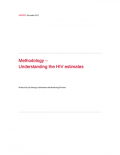
Resource | Guidelines,
The precise numbers of people living with HIV, people who have been newly infected or who have died of AIDS are not known. Achieving 100% certainty about the numbers of people living with HIV globally, for example, would require testing every person in the world for HIV regularly—which is logistically impossible and poses ethical problems. But we can estimate those numbers by using other sources of data.
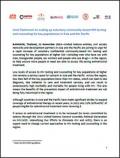
Resource | Publications,
United Nations entities, civil society networks and development partners in Asia and the Pacific are joining to urge for a rapid increase of voluntary confidential community-based HIV testing and counseling for key populations at higher risk—including men who have sex with men, transgender people, sex workers and people who use drugs— in the region, to help ensure more people in need are able to access life-saving antiretroviral treatment.
Low levels of access to HIV testing and counselling for key populations at higher risk remains a serious cause for concern in Asia and the Pacific. Across the region, less than half of the key populations know their HIV status, which can lead to late diagnosis, late initiation to care and treatment services, and can result in unnecessarily high morbidity and mortality for people living with HIV. This also means the benefits of the prevention impact of antiretroviral treatment are not being fully maximized in the region.





